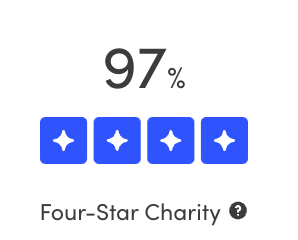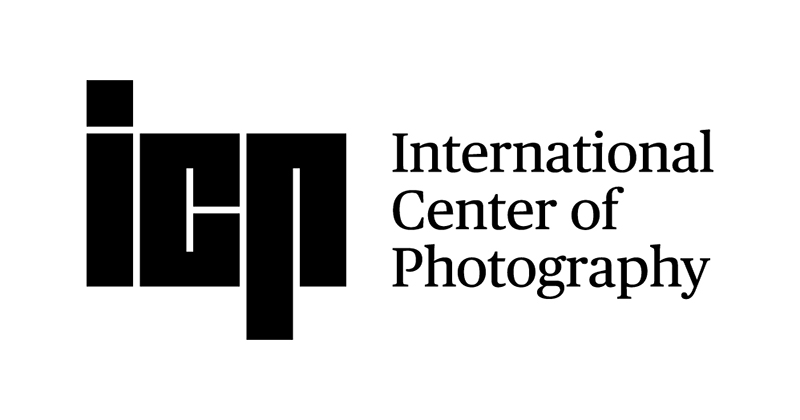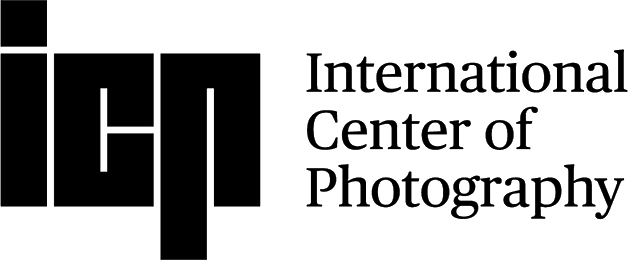ICP is committed to fostering inclusion and accessibility by bringing photography and its collection to all communities, as outlined in our Statement of Accessibility and Inclusion.
We also uphold rigorous financial transparency and accountability as part of our 501(c)(3) classification, ensuring integrity in our hiring practices, management approach, and initiatives.
Additionally, we acknowledge the deep history of New York City and its original inhabitants in our Land Acknowledgement.

Fifty Years of Championing Concerned Photography
The ICP Timeline
Cornell Capa establishes the International Fund for Concerned Photography in the memory of his brother Robert Capa, a war photographer.
Cornell founds the International Center of Photography, located in the historic Willard Straight House at 1130 Fifth Avenue at East 94th Street in New York.
Apropos USSR (1954 and 1973): Henri Cartier-Bresson, Classics of Contemporary Photography, and Eye of the Beholder inaugurate the exhibition program in November 1974.
New York City Mayor Abraham D. Beame proclaims November 16, 1974 to be “International Center of Photography Day”.
Jacqueline Kennedy Onassis writes an anonymous column for The New Yorker on the opening of ICP.
The Museum Education program is established.
Director Cornell Capa receives New York City’s Award of Honor for Arts and Culture from Mayor Edward Koch.
The Department of Archives and Permanent Collections is established.
Traveling Exhibitions Program expands to nine exhibitions in 25 locations internationally.
The “Photography in the Fine Arts” organization donates over 700 original prints to the ICP Permanent Collection.
Allure: A Selection of Photographs from the New Publication by Diana Vreeland opens.
Permanent Collection Gallery opens with Works of David Seymour “Chim”: A Memorial Exhibition.
Cornell Capa is part of a delegation of American artists invited to travel in China by the Center for U.S.–China Arts Exchange.
Master of Arts in Photography Program is instituted in collaboration with New York University.
The ICP Purchase Fund is established. Three major bodies of work are acquired in the initial year: 79 original photographs from Weegee the Famous, 95 photographs from Jacob A. Riis: Photographs 1888–1898, and 75 photographs from Lucien Aigner: Glimpses of History, all ICP exhibitions.
ICP’s full-time Documentary Photography and Photojournalism Program is created.
ICP Encyclopedia of Photography is published by Crown Publishers, Inc.
ICP’s full time General Studies in Photography Program is established.
ICP Midtown opens at International Paper Plaza, 77 West 45th Street, New York City with the inaugural exhibition City Light, featuring work from the permanent collection.
The first annual ICP Infinity Awards program, recognizing excellence in photography, is held at the Waldorf–Astoria Hotel.
A complete first edition set of Camera Work, edited by Alfred Stieglitz, is acquired by the Permanent Collection.
The American Association of Museums confers accreditation on ICP.
The Permanent Collection acquires 200 photographs by members of the “Photography Art Society of Lithuania”.
ICP hosts Oracle V, an annual meeting of photography professionals from museums and university teaching programs worldwide.
ICP Midtown moves to a larger facility at 1133 Avenue of the Americas under the sponsorship of the Eastman Kodak Company. Opening exhibitions include Alexander Liberman: The Artist in His Studio, James Nachtwey: Deeds of War, and Barbara Kasten: Architectural Sites.
The Permanent Collection acquires a major body of work by the photographer and art director, Alexander Liberman.
Annie Leibovitz: Photographs 1970–1990 breaks all ICP exhibition attendance records.
ICP Archives and Collections are relocated to a newly renovated and expanded facility at ICP Midtown.
The Permanent Collection receives The Daniel Cowin Collection of African-American History, approximately 3,000 images dating from the 1850s through the 1950s. 1992: The Robert Capa Archive is donated to ICP—over 3,000 original gelatin silver prints, negatives, correspondence, publications, and a set of 937 contemporary gelatin silver prints selected as this photojournalist’s most important images.
ICP establishes a presence in downtown Manhattan at the Continental Center Gallery, showing six exhibitions a year from the ICP Permanent Collection.
Willis Hartshorn is named Director of ICP and Cornell Capa becomes Founding Director Emeritus.
The Weegee (Arthur Fellig) Archive and Collection—13,000 prints, 7,000 original negatives , and assorted motion picture film, exhibition announcements/posters, and personal correspondence—is donated to ICP.
Weegee’s World—Life, Death and the Human Drama opens, along with the publication of Weegee’s World, with essays by Miles Barth, Ellen Handy, and Alain Bergala by Bullfinch Press. (BY)
Reflections in a Glass Eye: Works from the International Center of Photography Collection is published by Bullfinch Press.
ICP’s Midtown site reopens and becomes the headquarters of ICP’s exhibitions programs. The new ICP also includes an expanded store and café.
James Nachtwey: Testimony, curated by Ann Sass, opens.
The School of the International Center of Photography opens across from the museum at 1114 Avenue of the Americas in New York. The new 27,000-square-foot school facility doubles ICP's teaching space and expands programming and community outreach.
Deirdre Donohue is hired as the first full-time professional librarian for ICP’s 22,000+ volume library.
New Histories of Photography 1: Daguerreotypomania! opens, the first of a series of collaborations between ICP and the George Eastman House, Rochester, under the general title New Histories of Photography.
Strangers: The First ICP Triennial of Photography and Video opens.
The ICP–Bard MFA Program in Advanced Photographic Studies is established. 2004: Only Skin Deep: Changing Visions of the American Self, curated by Brian Wallis and Coco Fusco opens, accompanied by a catalog published by Abrams.
Young America: The Daguerreotypes of Southworth and Hawes opens, curated by Grant Romer, Brian Wallis, Erin Barnett, and Kristen Lubben; a catalog is published by Steidl.
Archive Fever: Uses of the Document in Contemprary Art, organized by Okwui Enwezor, opens.
Snap Judgements: New Positions in Contemporary African Photography, organized by Okwui Enwezor, opens, with a catalog published by Steidl.
Ecotopia: The Second ICP Triennial of Photography and Video opens.
The legendary three cardboard boxes known as the “Mexican Suitcase” containing lost film negatives of the Spanish Civil War by Robert Capa, Gerda Taro, and David Seymour arrive at ICP.
Dress Codes: The Third ICP Triennial of Photography and Video opens.
Willis Hartshorn retires as Director of ICP; Mark Robbins is named Director.
Mark Robbins resigns as Director of ICP; Mark Lubell is named Director.
A Different Kind of Order: The ICP Triennial opens.
ICP appoints Fred Ritchin as Dean of School.
A unified Library, Archives, and Museum Collections department is established.
The new ICP Museum opens at 250 Bowery on June 23.
ICP establishes the Center for Visual Culture with a grant from The Andrew W. Mellon Foundation to strengthen its public programming.
ICP signs deal with Delancey Street Associates to house its museum and school at Essex Crossing.
ICP sells its space at 250 Bowery and purchases its new home at 79 Essex Street (with an entrace at 84 Ludlow Street) at Essex Crossing on the Lower East Side.
ICP opens its new integrated space, reuniting its school and museum for the first time in decades.
CONTACT HIGH: A Visual History of Hip-Hop opens with strong attention and visitor numbers.
While closed due to Covid, #ICPConcerned: Global Images for Global Crisis uses social media to reflect on events of 2020.
After eight years, Mark Lubell steps down as Director. David E. Little is appointed.
William Klien: YES exhibition sets new high attendance record post Covid.
ICP celebrates its 50th Anniversary with ICP at 50: From the Collection 1845-2019.
David Little steps down and Bob Jeffrey, longstanding trustee and board member, takes over leadership as CEO.
David Campany returns to ICP and Francois Hébel joins to support the senior leadership team.
Main entrance moved to 84 Ludlow Street to add more gallery space in the first floor and cafe.





